California’s special election: redistricting, representation & resources for voters
Proposition 50 would temporarily override the current maps produced by the state’s independent redistricting commission and adopt new maps through 2030.
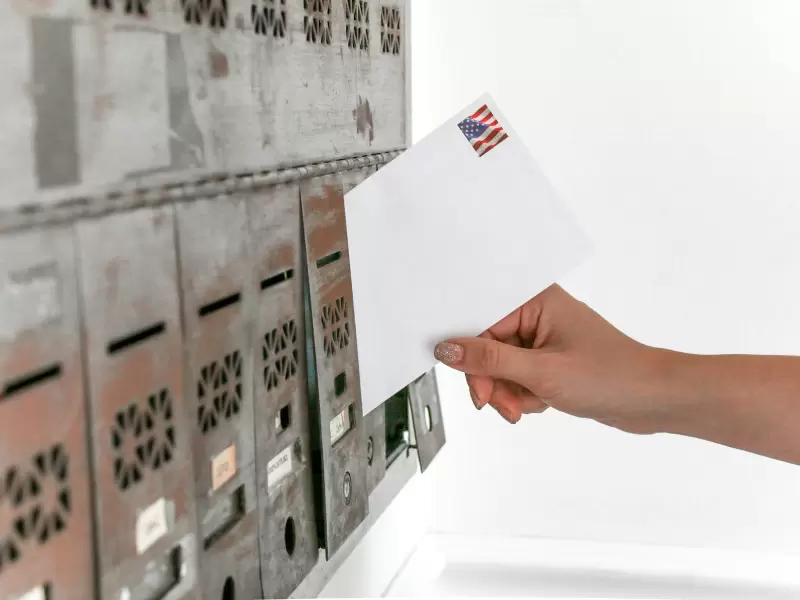 Representative image / Pexels
Representative image / Pexels
California is gearing up for an unprecedented special election on Nov. 4. New congressional districts are on the ballot and the balance of power in Congress. This election is being used to decide Proposition 50, a measure that would redraw California's congressional districts.
Proposition 50 would temporarily override the current maps produced by the state’s independent redistricting commission and adopt new maps through 2030.
Prop 50 is going to be the only statewide measure on the November 4th ballot.
President Trump ignited a mid-decade redistricting battle, demanding new congressional maps in Texas to favor the Republican party ahead of next year’s midterms. Now, California is attempting to counterbalance this move through new maps proposed in the upcoming special election.
Nonpartisan voting rights experts from Common Cause detailed what this special election means for Californians at the American Community Media briefing and urged Californians to show up.
“Redistricting is more than just lines on a map. Fair maps mean fair representation, fair votes, and a fair future for everyone,” said Darius Kemp, Executive Director, California Common Cause.
Proposition 50, that obviously it's going to be very important in terms of whether every community’s vote has equal weight and whether minorities can elect representatives who truly speak for them, said Kemp.
The Supreme Court's decision will create ripples
The Supreme Court's upcoming decision in Louisiana v. Hikale is going to have a ripple effect on other states like Texas and California. The decision centers on whether Louisiana’s congressional map violates Section 2 of the Voting Rights Act (VRA) by drawing just one Black dominated district when the 2020 Census revealed that one third of the state’s population is black.
A verdict in the case could make it much harder to challenge racially biased maps. States could draw maps that “crack” (split up) or “pack” (overconcentrate) minority voters without consequence, so long as there’s no explicit racial intent. That would reduce minority representation in Congress and state legislatures.
ALSO READ: The Red State Enigma: Prosperity’s Divides and the GOP’s Self-Inflicted Wounds
About 40 years ago or so, the U.S. the Supreme Court interpreted Section 2 of the Voting Rights Act to require, under certain circumstances, the drawing of legislative districts that would allow people of color, communities of color, to elect their preferred candidates, said Kemp.
In the 1986 case Thornburg v. Gingles (478 U.S. 30) Supreme court’s decision defined when Section 2 requires the creation of a “majority-minority district.”
The Court set out three key conditions (the “Gingles factors”). The minority group must be large and geographically compact enough to form a majority in a reasonably shaped district. The group must vote cohesively, that is its members generally support the same candidates, and the white majority must vote as a bloc strongly enough to usually defeat the minority’s preferred candidate outside of a special district.
If all three were proven, courts could find that the existing map diluted minority voting strength, and the remedy was often to create a district that gave that community a real chance to elect its preferred representative.
Louisiana v. Hikale seeks to undermine that important protection that's empowered communities of color for so long. It seeks a decision from the Supreme Court that would eliminate any use of race in the drawing of districts, and you could see a complete wipeout of Black, Latino, Asian representation in Congress and state legislatures, city councils.
“It's a big threat to Voting Rights Act protections.,” said Kemp.Araceli Martinez.
States are moving forward with redistricting given President Trump’s directive
A few states, in addition to Texas, are moving forward with mid-decade redistricting following the President’s directive to gerrymander their maps in favor of Republicans.
In Missouri, lawmakers passed a congressional map aimed at dismantling representation in Kansas City, where Representative Emanuel Cleaver—the preferred candidate of the city’s communities of color—is being specifically targeted to eliminate one Democratic seat. In response, citizens are gathering signatures for a people’s veto to overturn the move.
Across the border in Kansas, there’s a similar effort to weaken Democratic representation by targeting Representative Sharice Davids, a Native American congresswoman who represents the Kansas City, Kansas area.
Florida is also pursuing a plan to dismantle majority-minority and coalition districts in order to create more Republican-leaning seats.
Meanwhile, Vice President Harris has stepped up pressure in Indiana, making a high-profile visit to urge state legislators to conduct a fair redraw.
What is Prop 50?
The passage of Prop 50 would not impact the number of total seats that California has in the U.S. House. It would just impact the control of those seats.
If voters approve Proposition 50 on Nov. 4th, the congressional district map specified in AB 604 would take effect for California’s U.S. House districts starting in 2026. For instance some districts such as current CA-01, CA-03, CA-22, CA-41 and CA-48 are planned to shed conservative-leaning parts and absorb more Democratic-leaning territory under the AB 604 map. California’s 41st congressional district (CA-41), presently held by a Republican, would be substantially reconfigured under AB 604. California’s 22nd congressional district (CA-22), from Bakersfield into Fresno County could become more favorable to Democrats.California’s 48th congressional district (CA-48) making the seat more competitive or leaning Democratic.
Under the measure, Prop 50 would only apply to the U.S. House districts — it would not affect State Assembly or State Senate districts.
The measure would also be time-limited. The Prop 50 map would expire after 2030, and the Commission would again control the drawing of congressional boundaries following the next census.
This proposed map leaves eight districts untouched and, in 20 districts, fewer than 10 percent of residents are impacted.
If the measure passes, the new map could create up to five new Democratic seats, with the goal of offsetting gains made by Republicans in other states.
Where did Prop 50 come from?
Trump sought to flip 5 of the state's congressional districts from Democratic to Republican control. California Governor Gavin Newsom announced a plan to respond to Texas' attack on voting rights by redrawing the state's congressional map to flip 5 Republican districts to Democratic control in advance of the 2026 midterm elections.
“This is a democracy stress test,” said Dan Vicuña, Senior Policy Director for Voting and Fair Representation, Common Cause
Voter turnout disparities in California
California is an incredibly diverse state yet our voter turnout does not represent that. The California electorate is usually whiter, wealthier, and older than the actual population of California. According to U.S. Census estimates, white people make up 41 percent of California's adult population Yet they comprise 55 percent of the state's likely voters. Latinos, on the other hand, represent 35 percent of the adult population but account for only 21 percent of those most likely to vote.
Asian Americans comprise 15 percent of the adult population, but only 14 percent of likely voters In recent years, California has made significant improvements to voter access and turnout however, our state still has a long way to go in addressing voter participation disparities.
During the 2024 general election overall eligible voter turnout was 62 percent. However, for Latino voters, it was 46 percent, and for Asian American voters, it was 54 percent.
These disparities have been persistent across elections adding to the urgency of this moment. Turnout is often lowest during off-cycle and special elections.And turnout disparities are typically greater during these elections.
That is why election protection and voter engagement programs are critical, said Vicuña.
California Common Cause serves as the voter's first line of defense against obstacles to the ballot box
California Common Cause helps support all eligible voters, so the electorate is reflective of the actual population. It mobilizes and trains nonpartisan election protection volunteers to serve as the voter's first line of defense against obstacles to the ballot box, said Brittany Stonesifer, Voting Rights and Redistricting Senior Program Manager, California Common Cause.
“We encourage voters who need assistance to call or text 866-OUR-VOTE (866-687-8683). This hotline is available in multiple languages, English, Spanish, Arabic, Chinese, Vietnamese, Korean, Bengali, Hindi, Urdu, and Tagalog.”
California Common Cause will have poll monitors in certain areas of Southern California, They will also be monitoring hotline calls and developments across the entire state.
Who cannot vote
Can a person vote if they are currently serving a state or federal prison sentence for a felony, or found by a court to be mentally incompetent to vote?
In California, a person loses the right to vote only while serving a state or federal prison sentence for a felony. Those who are released, on probation, parole, or with a misdemeanor conviction still retain their voting rights.
People who are unhoused (experiencing homelessness) still have the right to vote as long as they meet the normal eligibility criteria: U.S. citizen, California resident, and at least 18 years old on Election Day.
Although voters must be 18 or older on Election Day, in California, 16- and 17-year-olds can pre-register to vote.
Make sure to register
Voting registration is required before an eligible voter can cast a ballot in California.It's important to make sure that registration is up-to-date to receive a correct ballot in time for the election.
If a person has moved, changed their name, or regained the right to vote since they last voted, they need to update their registration.
Voters can also update language preferences when updating their voter registration which can allow them to receive a ballot and other election materials in the language they feel most comfortable voting. For the Nov. 4th special election, voters can register or update their registration online or by mail, until Monday, October 25th.
If voters missed that deadline they can use same-day registration to register or update their registration in person at a vote center or polling place until the close of polls on Election Day.
It is not mandatory to have an ID to cast your ballot
All voters with active registration will automatically be mailed a ballot. This ballot can be returned through USPS in the ballot envelope provided.There's no postage required.
Mailed ballots must be postmarked by Nov.. 4th, but Common Cause highly recommends mailing them no later than Halloween to ensure that they are received in time.
Another way that voters can return their ballot is by returning them to an official ballot drop box anywhere across the state.
In many counties, this is likely to be the fastest way to return a ballot that's received by mail.
Finally, if preferred or needed, voting locations will be open in every county on Nov. 4th,From 7 a.m. to 8 p.m., and voters can vote in person.
There's also early in-person voting options available now, and more locations will open across the state starting October 25th.
When voting in person, voters who need language access assistance can ask poll workers what materials they have available in their preferred language. Bilingual poll workers will have name tags identifying the languages they speak. If a voter's preferred language is not available in a particular voting location co-workers can help the voter access the Secretary of State's hotline, which is staffed with bilingual poll workers covering 10 languages.
Voters should also know that they do not have to show ID to vote in a state election in California. Although poll workers may ask for ID to make it easier to find the voter in the poll books. It is not mandatory to have one.
Finally, for in-person voters, if you are in line when polls close at 8pm on election day, you have the right to vote, voters should stay in line.
“However voters choose to cast their ballot, we encourage them to sign up on the Secretary of State's website to track their ballot so they are notified when their ballot is received or counted.
“Elected officials will not listen to you if you don't show up on Election Day and demonstrate that you will hold them accountable.”
ADVERTISEMENT
ADVERTISEMENT
E Paper
Video



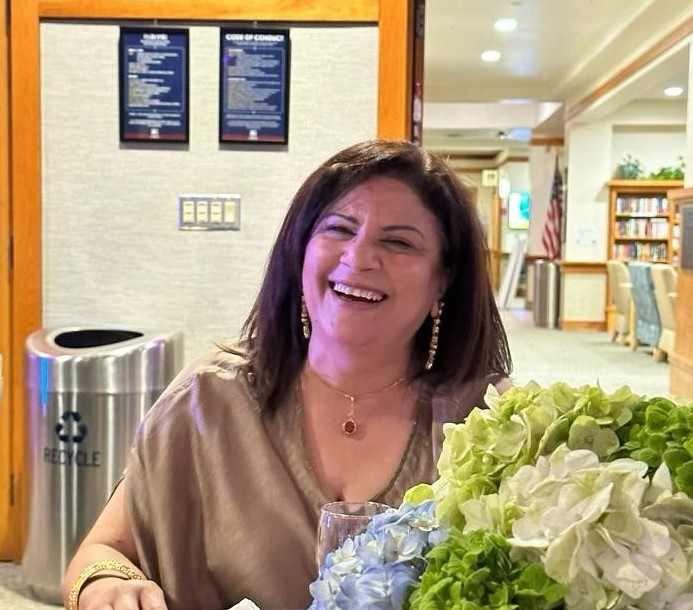 Ritu Marwah
Ritu Marwah 
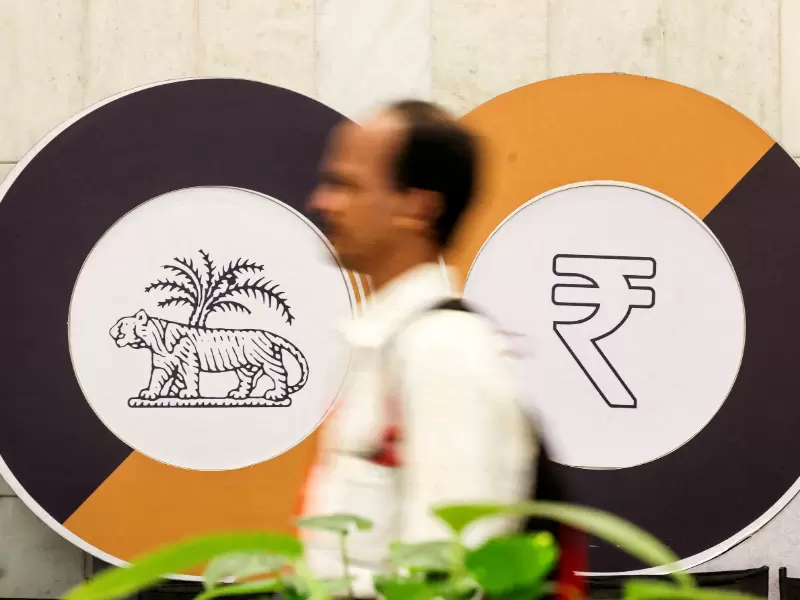

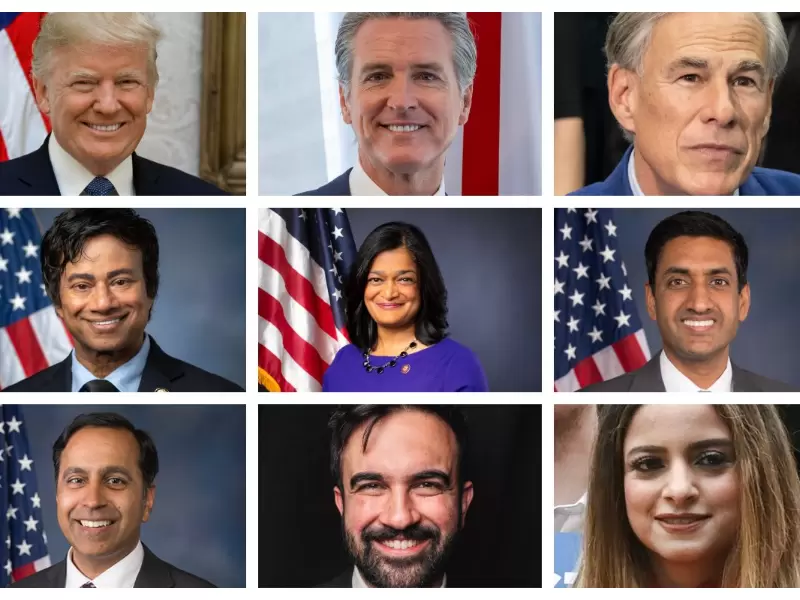
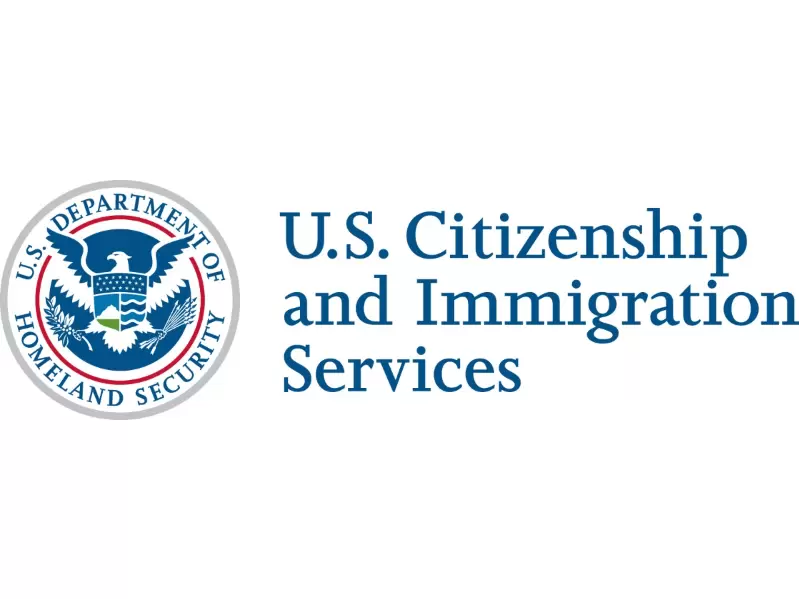

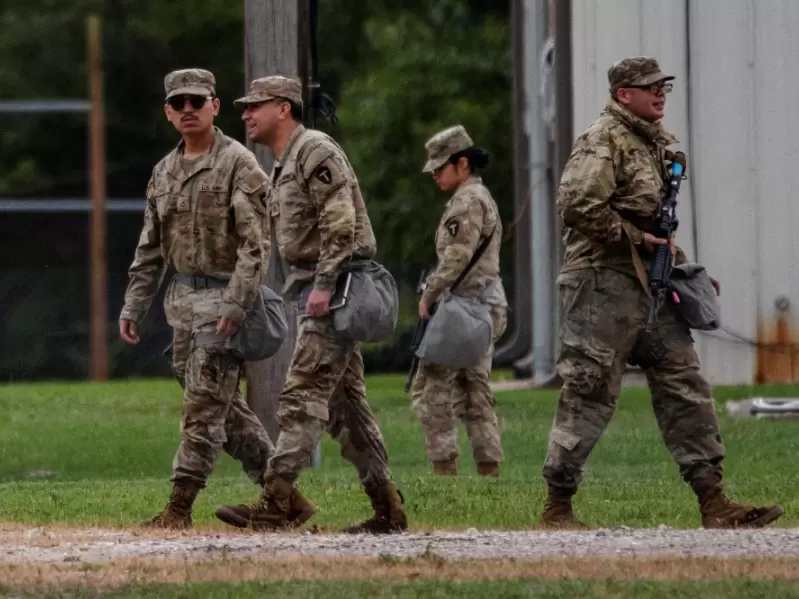
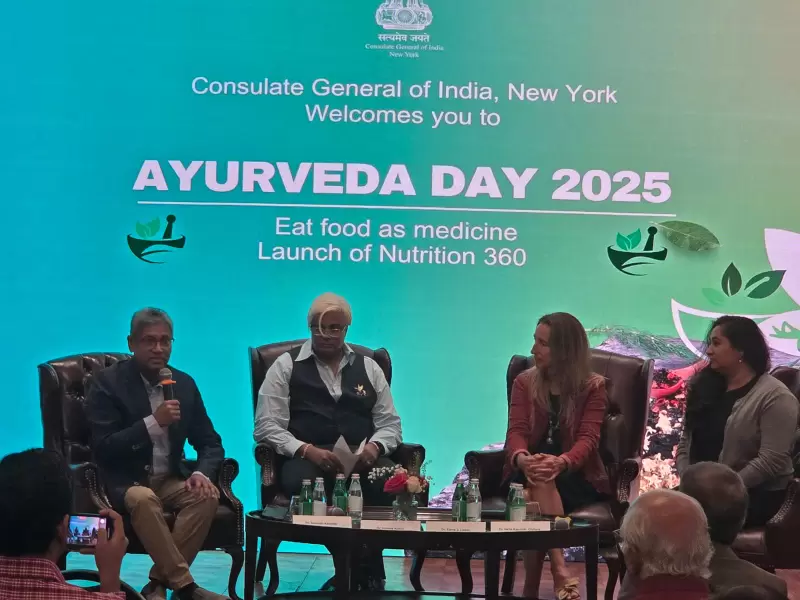
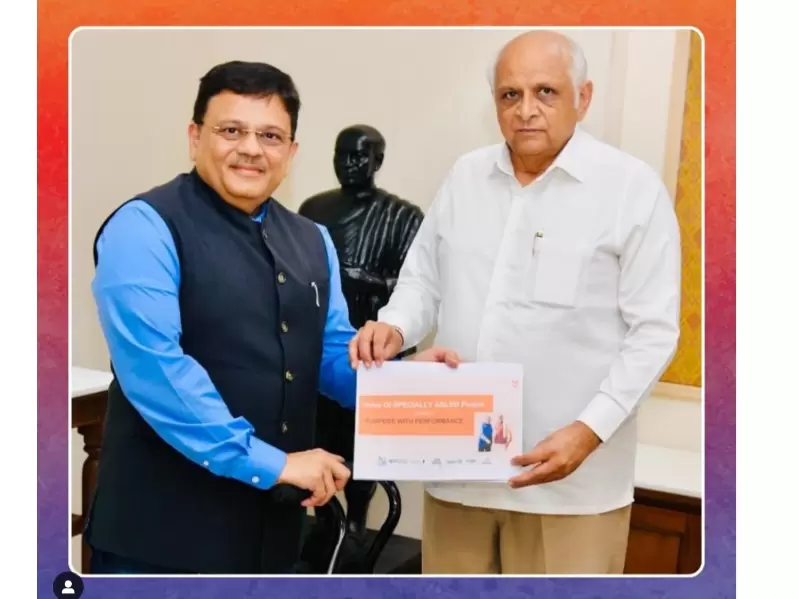
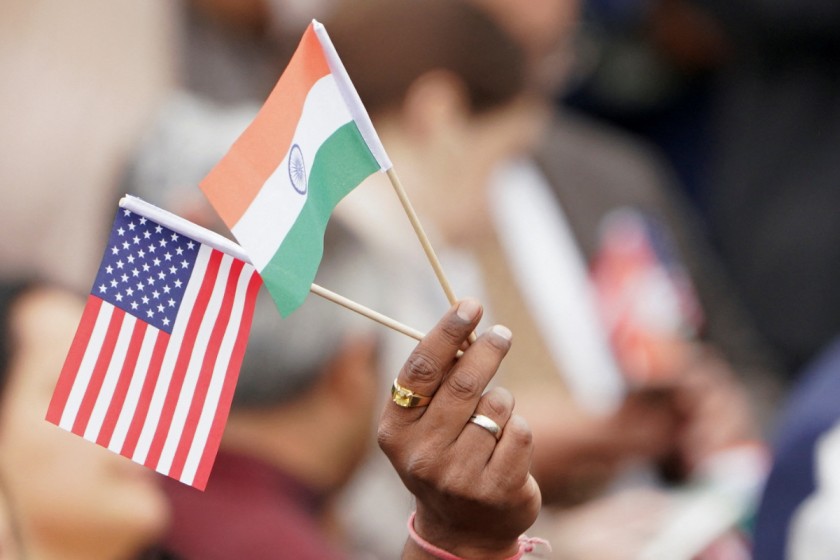
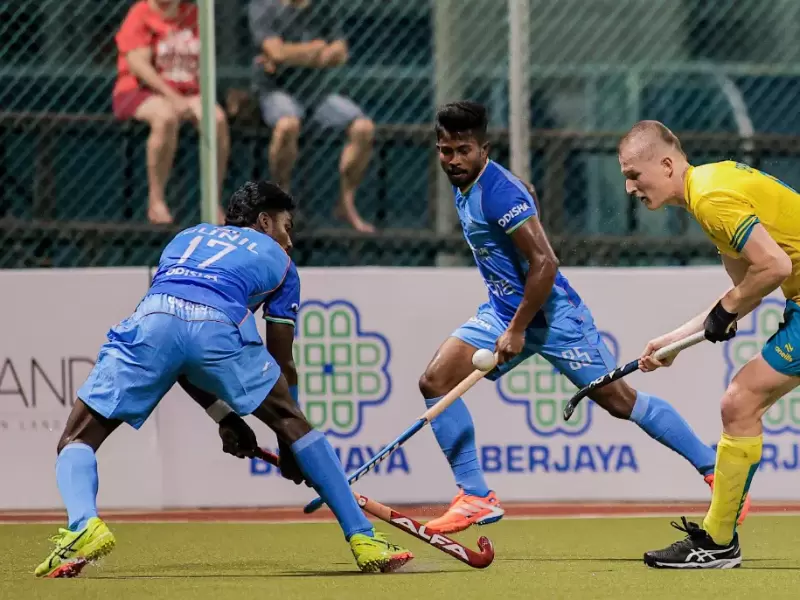




Comments
Start the conversation
Become a member of New India Abroad to start commenting.
Sign Up Now
Already have an account? Login